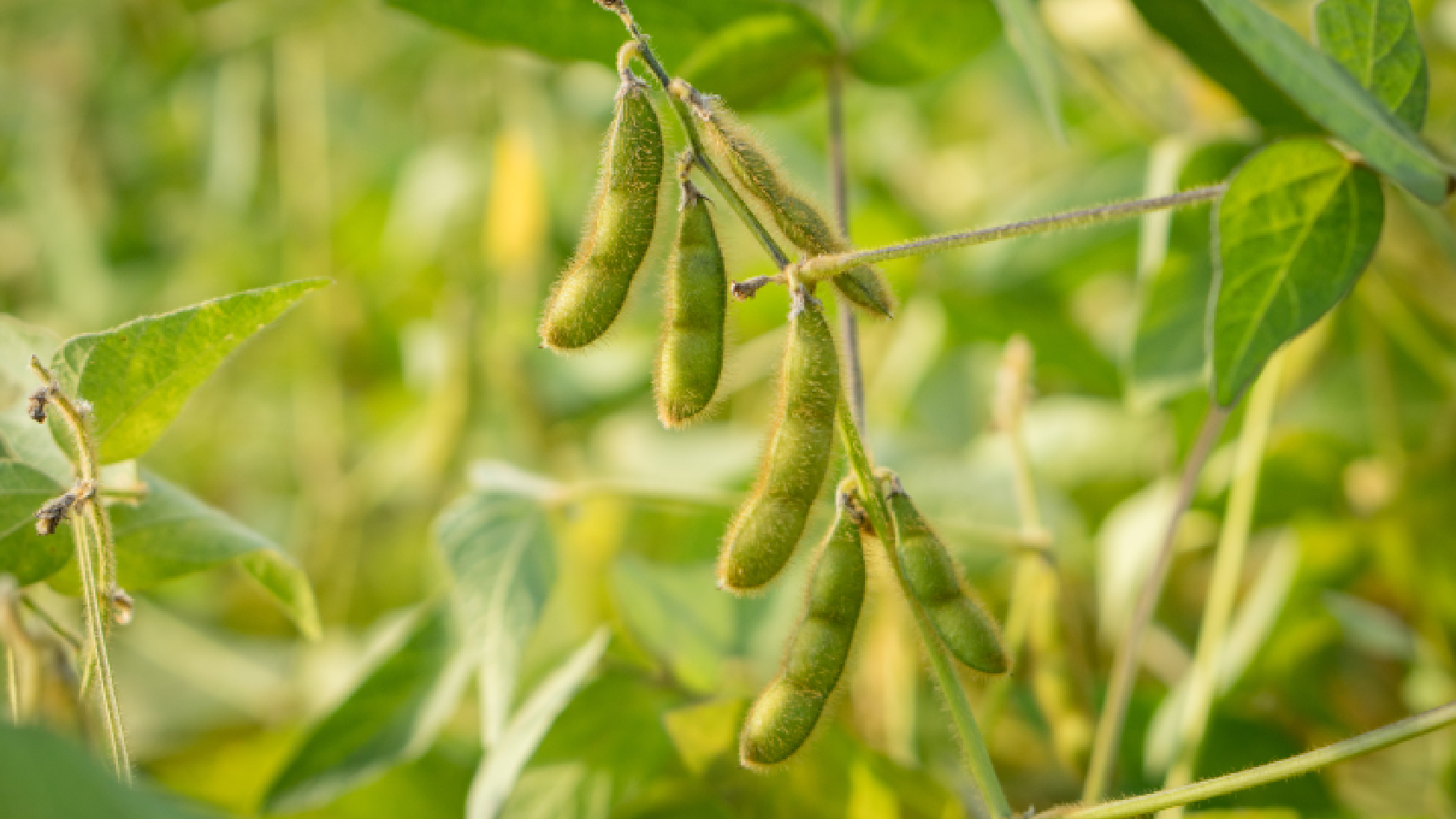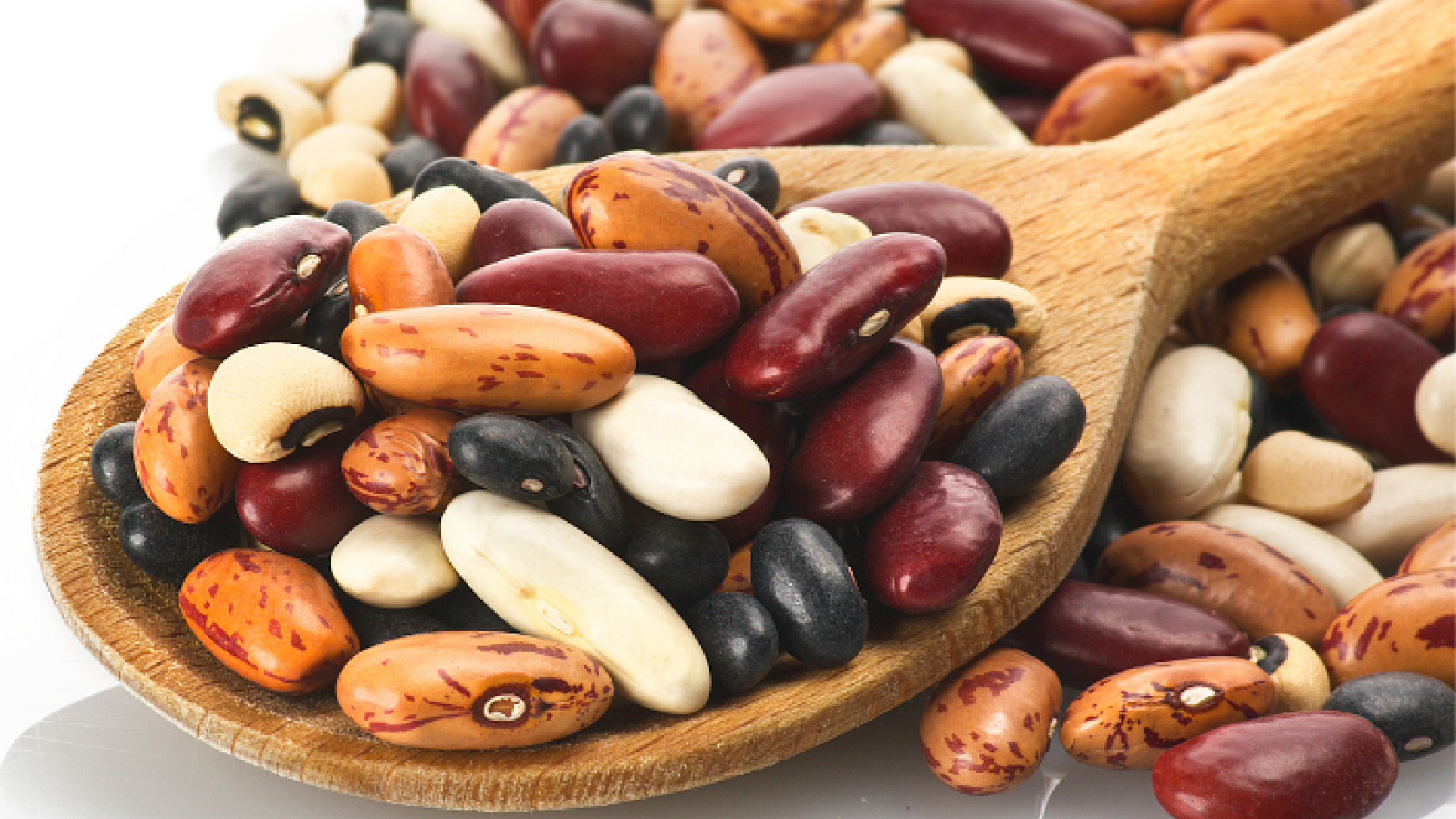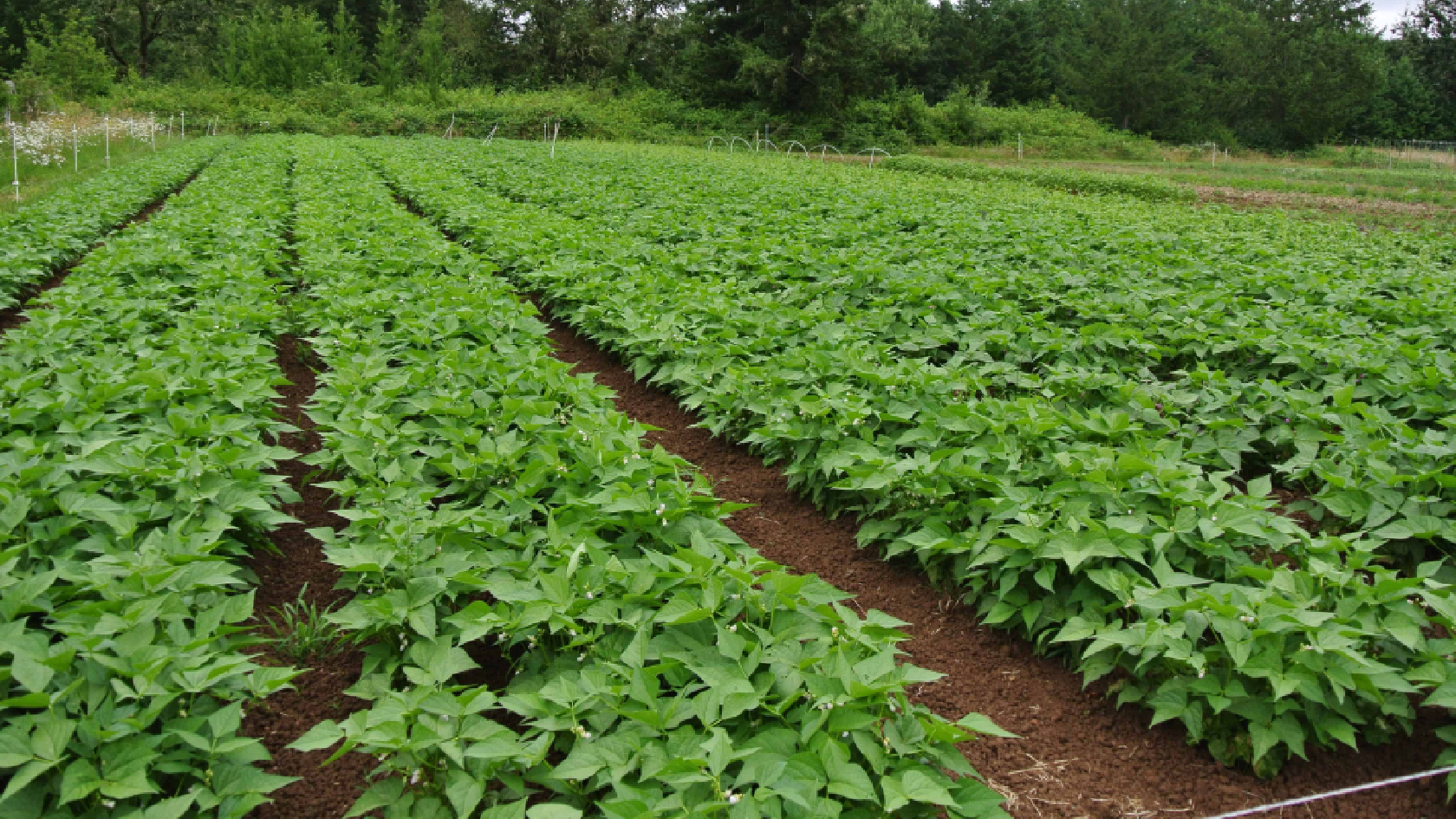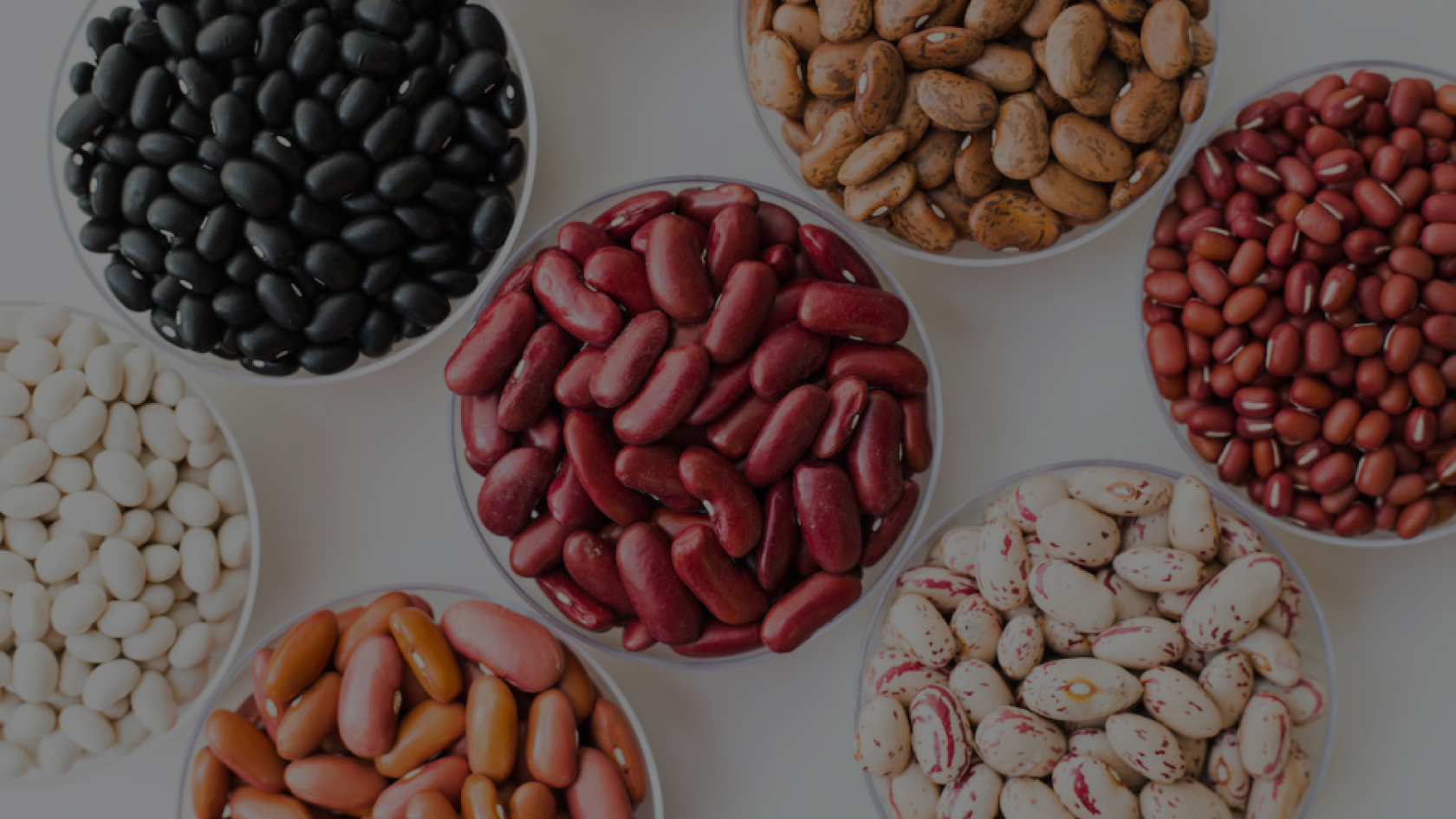Its consumption is lower in more economically developed countries, and the fact that the biggest producers throughout the world are also the biggest consumers, dry beans end up not being as exported as other crops, which decreases the market knowledge and consequently its international trade.
There are, however, many reasons why beans should be part of your diet and grown on your farm:

- Nutritional values
Dry beans are considered by nutritionists as an almost perfect food. That is because, besides being an important source of protein, it contains fibre, complex carbohydrates, folic acids, and many minerals such as iron, zinc, potassium and magnesium. Therefore, it is an important source of nutrients and the base of many countries’ diets, since it is a “full meal”, with low calories and an affordable price.

- Soil benefits
Growing dry beans is a great option for farmers that want to keep their soils as healthy as possible and still profit from it. This is a crop that will cause almost no harm to the land, and also will help with repairing damaged soils and with soil nutrition through its association with nitrogen fixating bacteria.

- Health benefits
Besides their nutritional values, beans are beneficial for our health since they are related to the prevention of many cardiovascular disorders, reduction of LDL cholesterol, blood pressure and triglycerides as well as intestinal infections and voracious appetite.
- Market potential
As these benefits are disclosed and propagated, the tendency is for the dry bean’s global demand to increase, and the market to continue this upward consumption trend, with a production volume forecast of 48 million tonnes by 2030.
Dry beans are also in the i-Plant Nutrition database and can be selected for the creation of fertilizer plans when using the software. Check our software here to see our dry bean recommendation (link to product tour/prices)
- Increasing yield with plant nutrition
There are many factors involved in the productivity of a bean plant, such as its growth habit, number and distribution of pods, seed’s quality, environment, etc. But there is a specific one that can be a deal-breaker for the crop: fertilization. A bean plant that has all the nutrients it needs will have better yields and consequently, will be more lucrative for the farmer.
Beans are known to be a demanding crop when it comes to fertilization and soil quality, mostly because of their short cycle and superficial root system, therefore it is very important to make sure that nutrients are provided as necessary in each stage.
Aiming to improve root growth, there are a few things a farmer can do before planting. For instance, correcting soil’s pH to a range of 5.8 to 6.2, applying calcium, phosphorous and boron at seeding and avoiding the application of saline fertilizers near the seeds.
During the first stages, the nutritional demand is minimum and the nutrients stored in the seeds are enough to go get the plant through emergence. Still, in the vegetative stage, the plant’s growth accelerates and so does the need for nutrients, especially nitrogen, and the association with the bacteria Rhizobium tropici for nitrogen fixation is one more reason why it is important to stimulate root growth in the early stages.
When the pods start developing, all the nutrients and carbohydrates are translocated towards them, which might lead to a decrease in nutrient absorption by the roots. Foliar fertilization with nitrogen, potassium, phosphorous and boron might guarantee the nutritional requirements are met and also contribute to pod filling.
More specifically regarding nitrogen, since it is the most exported nutrient to the grains, it is essential to supply correct quantities of it. However helpful the biological fixation may be in providing N to the plant, it is not enough to cover 100% of its requirements, therefore, it is necessary for the farmer to apply nitrogen later on. Although it is absorbed during every stage of the cycle, 35 to 50 days after planting is when nitrogen is required the most, so it is ideal to proceed with nitrogen fertilization 25 to 30 days after planting. When there isn’t enough nitrogen available for the plant, there is a decrease in productivity and when more nitrogen is provided than necessary, the costs increase due to unnecessary use of fertilizers and might also damage the soils with nitrate leach.
If you want to make sure your dry bean is getting the correct amount of nutrients to maximize the yield, try creating a unique fertilization plan in i-Plant Nutrition! Check out our software here.
In addition, the reuse of water, if not done in the correct way, may favour the dissemination of water-borne phytopathogens.
As for the system itself, it can have a high initial cost, and due to its specificity, there is also a difficulty in reusing it for other functions in the property. This specificity coincides with the lack of technical data on the operation, which ends up driving producers away from choosing the use of sub-irrigation.
If you would like to know more about irrigation and fertigation systems and find out what is the best fit for you, contact us at i-Plant Nutrition and we will help you create the best strategy to increase your yield while saving resources.
Preview: Beans are known to be a demanding crop when it comes to fertilization and soil quality, mostly because of their short cycle and superficial root system, therefore it is very important to make sure that nutrients are provided as necessary in each stage. A bean plant that has all the nutrients it needs will have better yields and consequently, will be more lucrative for the farmer.





